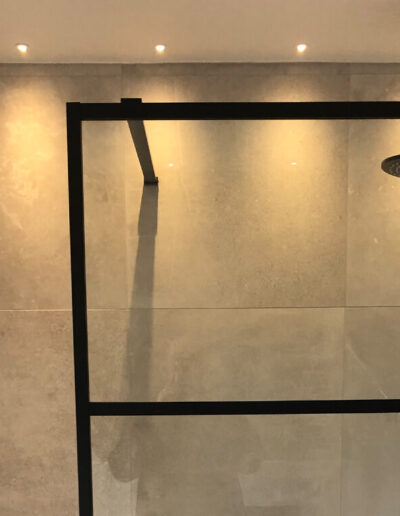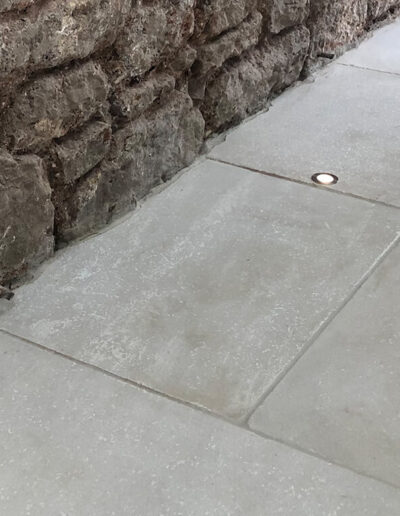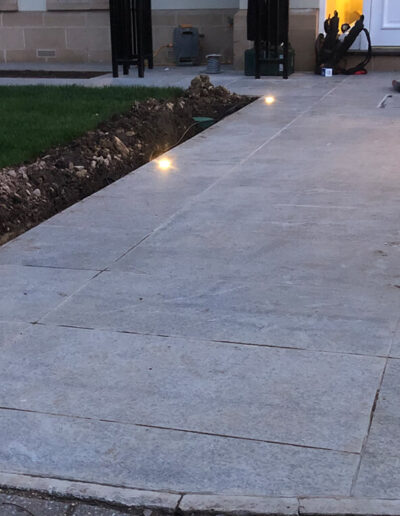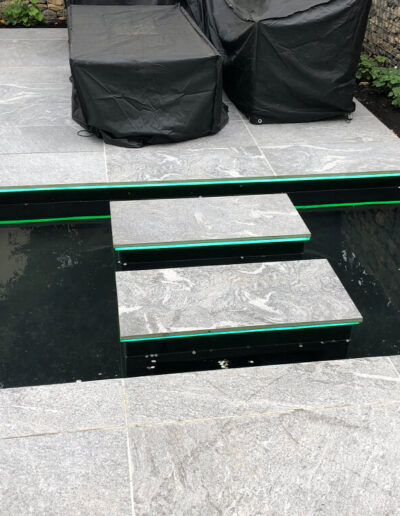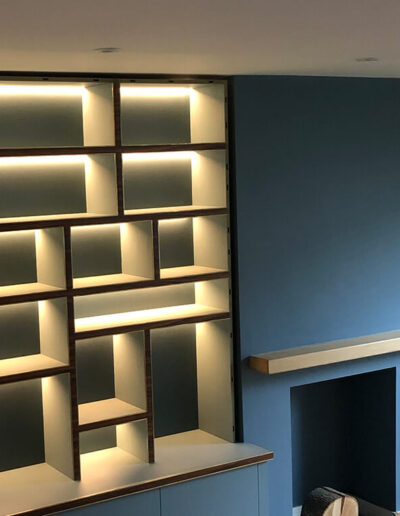Lighting Control
Lighting Control
There are 2 types of lighting control, centralised and local. Centralised is where each lighting zone is wired back to a central location (the brains of the control). Local is where the individual controllers (receivers) are tucked neatly away behind light fittings in their respective zones. Whether centralised or local the controllers and receivers are then programmed to switch on, off or dim as required.
FAQS
What are the use cases for lighting control?
- Security – Lighting turns on and off at scheduled, or even random times, when you are away from home. Giving the illusion someone is home.
- Ambience – Correctly zoned and layered lighting can create an amazing experience depending on which room you’re in and what activity you’re doing.
- Energy efficiency – Lights programmed on timers or occupancy sensors enable the lights to turn on and off automatically, stopping them being left on when not required.
- Accessibility around home – All lighting control platforms have integrations with various voice assistants, (Google home, Amazon Alexa and Apple’s Homepod). This enables the user to turn lights on/off as they move about their home, perfect if the user is disabled or finds it difficult moving about.
Do we have to do the whole of my home?
No. Lighting control systems are scalable, and not all rooms even need it. We can start with single room solutions and build out to other rooms as the budget allows. It works great in kitchens, living rooms and gardens.
How can I control my lights?
- Switches – Some control systems have pucks that fit behind standard switches, enabling all the advantages of controls without losing the look of a nice decorative light switch. It also means you can complete single room solutions and keep the same switch brand as the property has in all its other rooms.
- Scene plates – These look a little like a normal switch but have engraved buttons. Each button can be programmed to recall a scene (e.g evening scene – Table lamps on at 30%, wall lights on at 40% and ceiling lights off).
- App control – All systems have an app, enabling the user to not only control each lighting zone/room as required, but also to make up their own scenes.
- Timers and sensors – Timers and occupancy sensors are great for automatically turning lights on and off, depending on the time of day its required and if the users walk into and out of a space.
Free Quotations
Get in touch and let us know how we can help

